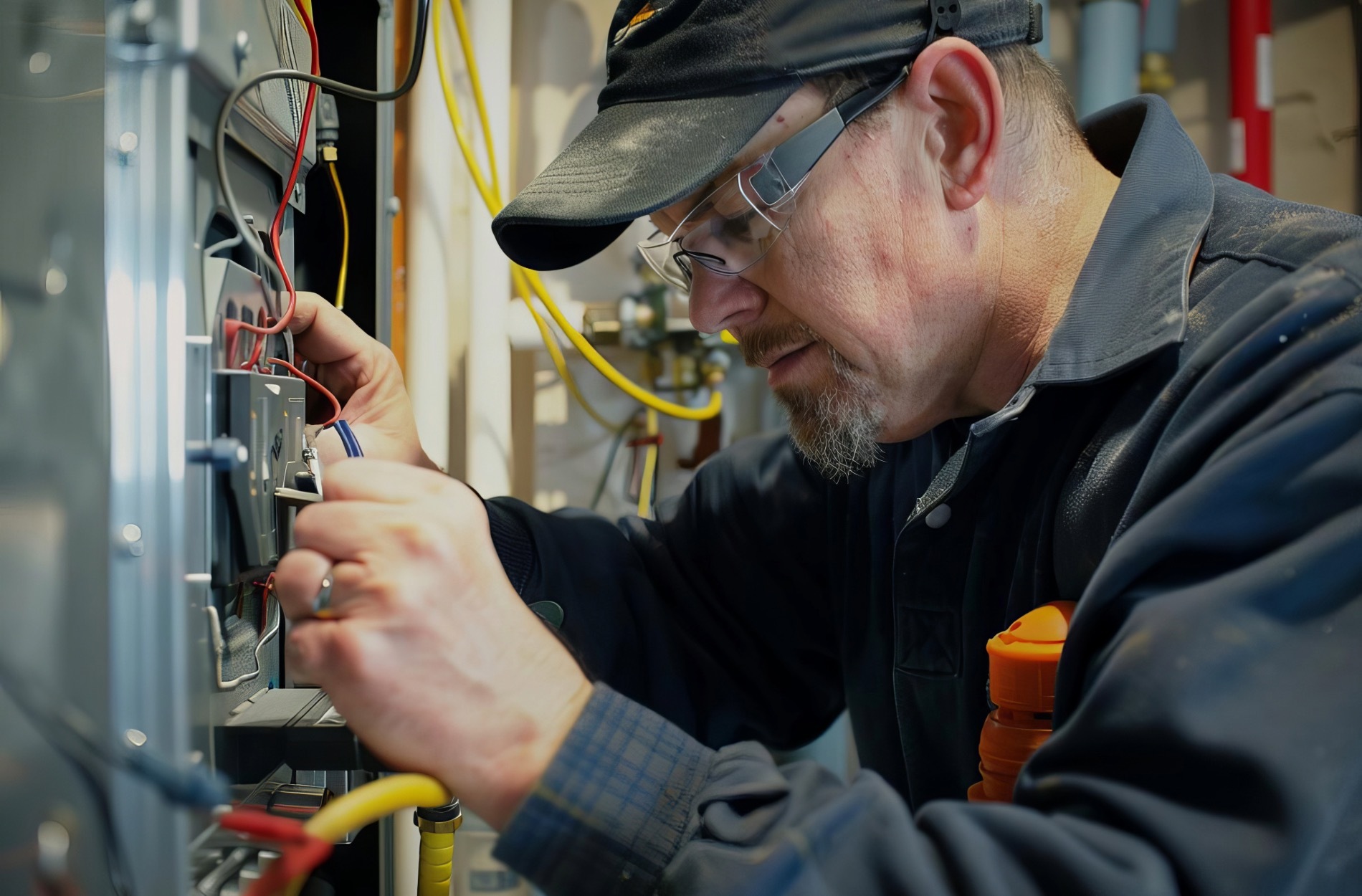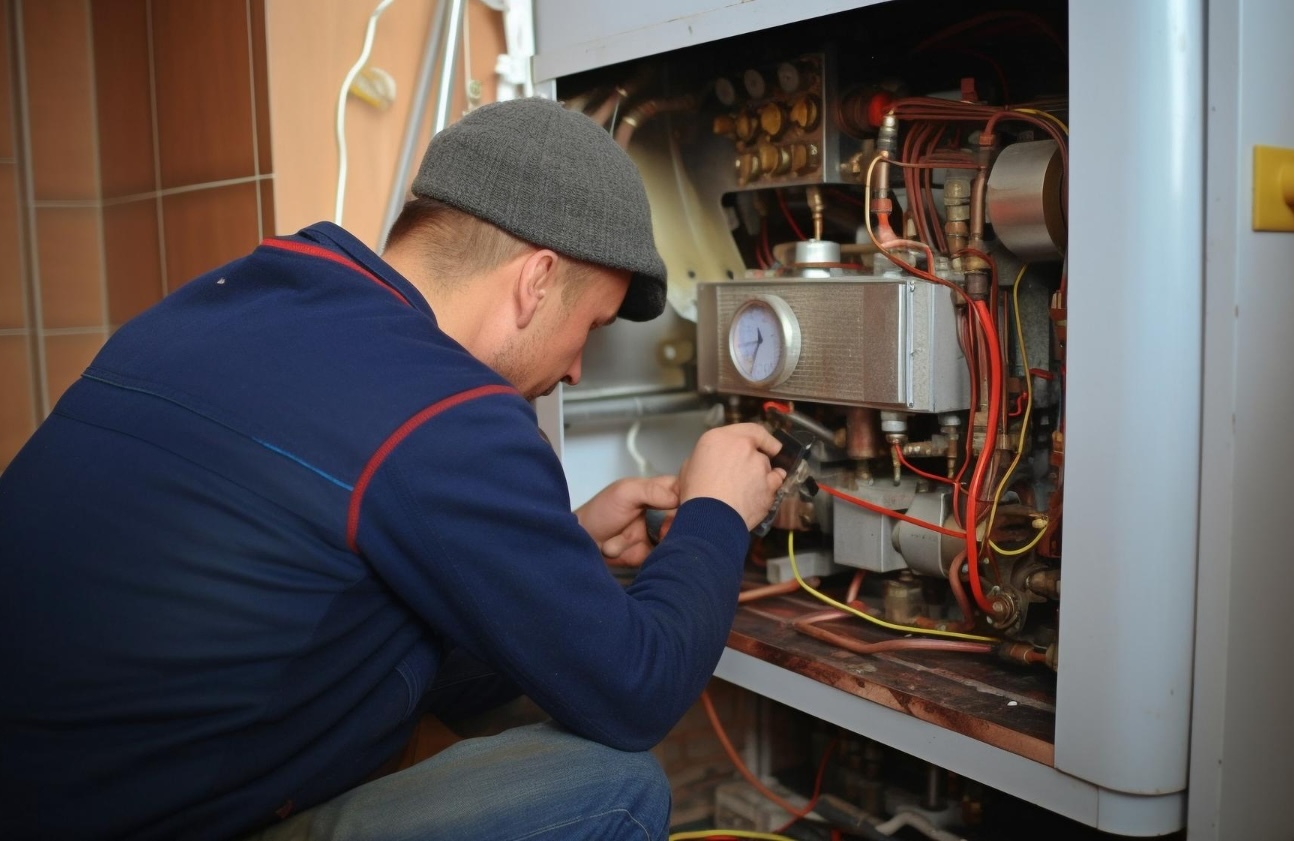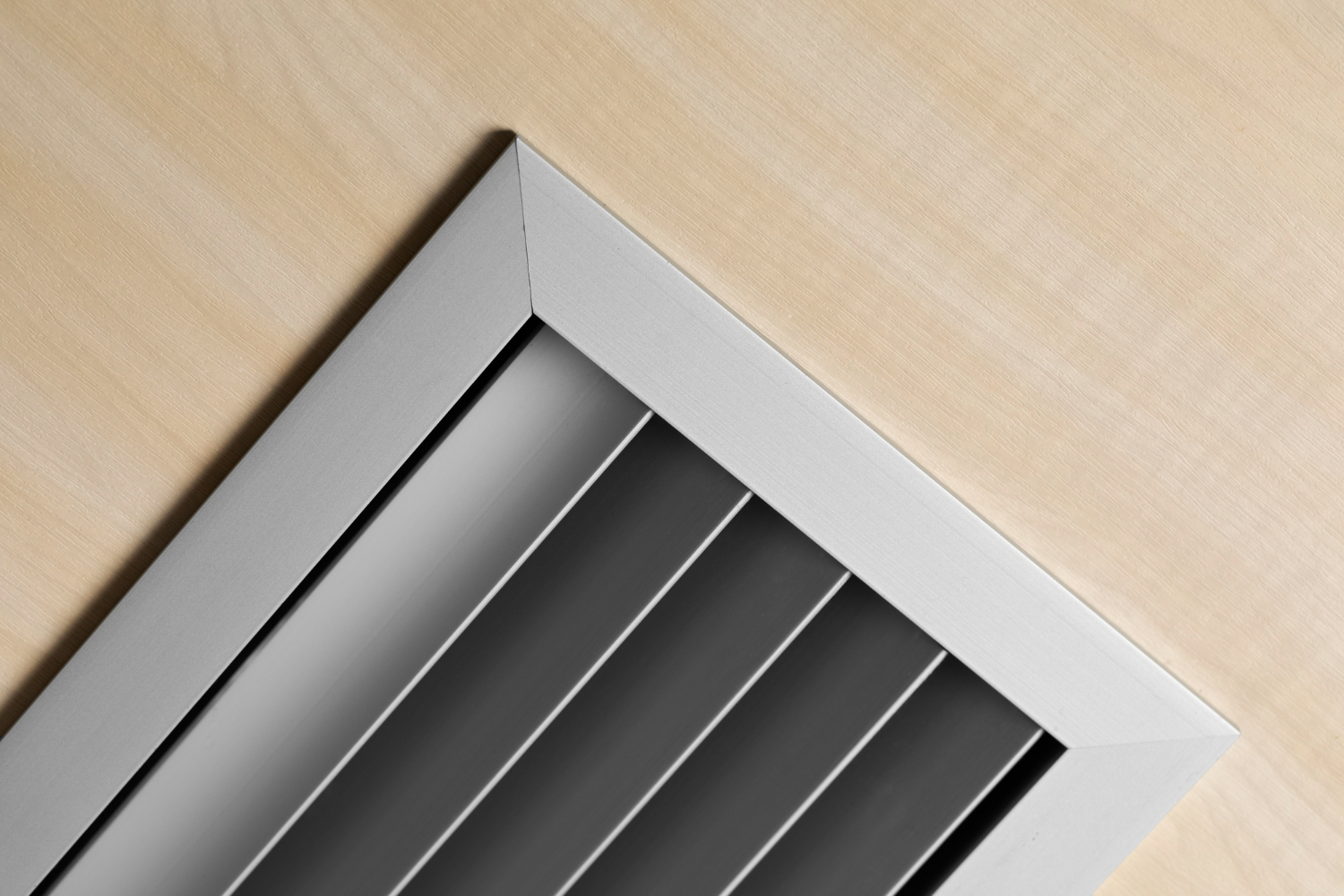Stories of HVACs that lasted 15 to 20 years are not uncommon. And while these stories do sound impressive, how many of us know about the actual performance of these HVACs after they crossed the 10-year age mark? As an air conditioning and heating services company, we can tell you from our experience that while some HVACs last that long, their performance substantially deteriorates once they are a decade old. In this blog post, we list six important reasons to consider replacing an HVAC if it’s ten years or older.
Reduced Heating And Cooling
This is one of the most common issues with decade-old HVACs. If your HVAC is more than ten years old, you might notice that your home doesn’t feel as comfortable as it used to when the HVAC was new. That’s because, with age, HVAC parts wear out, leading to reduced heating and cooling. The worst part is that even regular maintenance and part replacement doesn’t help.
Frequent Breakdowns
It’s not unusual for HVACs to break down, but decade-old HVACs tend to break down more frequently than newer ones. The frequent breakdowns not only cause inconvenience but also lead to increased spending on heating and air conditioning repairs. And if you do the math, you would realize that it makes economic sense to replace an HVAC than to spend on frequent HVAC repairs. If you aren’t sure about replacing or repairing the HVAC, seek advice from an air conditioner repair in Henderson.
Increased Power Consumption
Besides reduced efficiency and frequent breakdowns, increased power consumption is another major reason for replacing a decade-old HVAC. Old and worn-out compressors and other major HVAC components are one of the primary reasons for the reduced energy efficiency. Even if a 10-year-old HVAC maintained its rated efficiency, it would be far less energy-efficient than the latest HVACs.
Note: According to the U.S. Department of Energy, one can save 20% to 40% of their heating and cooling energy costs by replacing a ten-year or older HVAC with a newer, more efficient model.
Old And Outdated Technology
Old HVACs are based on old and redundant technology. On the other hand, the latest HVACs come with several new features and the latest technology. For instance, some of the new-gen HVACs come with the latest inverter technology, making them far more energy-efficient than old HVACs. Similarly, many new HVACs come with the latest smart control technology that allows users to control their HVACs with their smartphones and voice-assistant devices such as Alexa.
Poor Indoor Air Quality
HVACs play an important role in ensuring good indoor air quality. But as HVACs age, they cannot maintain the required level of indoor air quality. This, in turn, leads to poor indoor air quality, exposing home dwellers to several health risks. Initially, poor indoor air quality may lead to short-term issues such as headaches, fatigue, dizziness, and irritation of the eyes, nose, and throat. But long and repeated periods of exposure to poor indoor air quality can even lead to respiratory issues, heart diseases, and cancer.
Increased Risk Of A Sudden HVAC Failure
The older the HVAC, the higher the risk of a sudden failure, which also means lower peace of mind. As an air conditioning and heating services company, we rarely come across instances wherein an HVAC (less than a decade old) failed on its owner. On the other hand, instances of complete HVAC failures increase substantially when the HVACs cross the 10-year age mark. So if you don’t want to expose yourself and your family to the risk of a sudden HVAC failure, you must consider replacing your HVAC if it is over a decade old.
If you want to replace your HVAC but are confused by the available options, we at Zen Aire Air Conditioning and Heating can help you choose the best HVAC for your home. Call us at (702) 840-4986, and one of our experts will walk you through choosing the right HVAC. You can also contact us for any other HVAC-related issues, such as heating and air maintenance, air conditioner repair, and heat pump repair in Las Vegas, Henderson, Spring Valley, and nearby areas.




